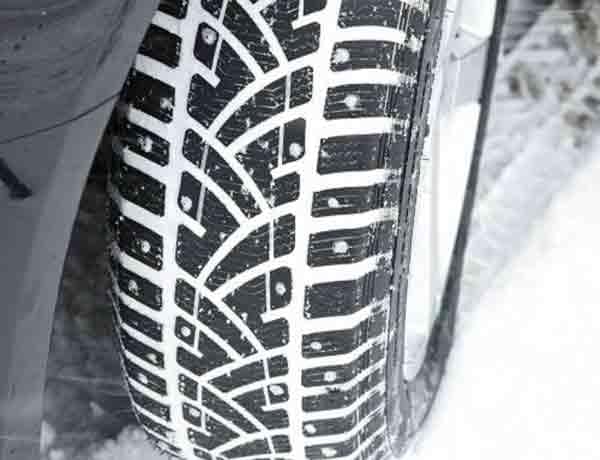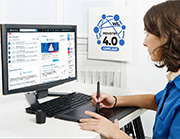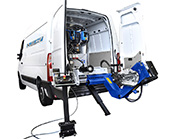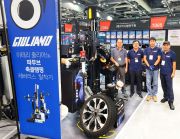
M+S Tires (or winter tires) are
a special type of pneumatic tire suitable for use on snow-covered or
muddy road surfaces. They can also be used on other low-grip
surfaces. Unlike “traditional” tires, the
rubber compound is specially formulated with a high silica content
giving better grip on asphalt, even at low temperatures.
This type of tire has replaced studded tires and is also replacing snow
chains (they are treated as equipment to improve the grip of vehicles
on low-grip surfaces in articles 6 and 7 of the Italian Highway
Code). As snow chains can only be used when there is snow on
the road, they have to be fitted as and when needed. M+S tires, on the
other hand, are fitted at the beginning of the winter (when
temperatures are below 7°C) and removed when the bad weather is
over.
Why use winter tires?
- To travel in all weather
conditions;
- To reduce aquaplaning (M+S tires can drain up to 80% more water than
traditional tires);
- To guarantee grip, traction and safety on snow;
- To reduce braking distances;
- To increase the useful lifespan of summer tires (by at least 40%).
It should be noted that:
- M+S tires wear more quickly when there is no snow on the road and
when used in mild temperatures;
- M+S tires do not guarantee grip on ice, therefore snow chains or
studded tires should be used in such conditions;
- The legal minimum is 1.6 mm for the tread of
“standard” tires and 4 mm for
“M+S” tires. If not respected, there is the risk of
poor efficiency on snow and ice.
According to data from the Assogomma tire and rubber association and
the Federpneus association of tire specialists, an estimated 15% of
vehicles in circulation are already fitted with a double set of tires.
In fact, sales of winter tires are strongly increasing (6.5 million
being sold last winter compared to 4.5 million the previous winter).
This is due to ever increasing product quality and to local regulations
established by road and road management companies. In Italy, this
includes some 24 provinces, 23 stretches of motorway, 20
municipalities, the roads in the 17 regions managed by ANAS (Italian
government-owned company) and all roads in the Valle d'Aosta
region where these measures have been in force for about 10 years.
To meet the growing demand for these tires, correct timing is needed in
terms of production. In fact, manufacturers ask retailers to order
tires in the spring for production in late spring/summer. In this way,
the product is ready for delivery to the retailers at the end of the
summer.
What are the related costs for drivers?
Those wishing to purchase a set of winter tires must consider the
following costs:
- The set of tires;
- The tire fitting/removal service;
- A second set of rims (if necessary);
-The storage of the tires not in use (if necessary).
The cost of fitting the tires depends on whether a second set of rims
is available. When there is a second set, the tires will not need
fitting to the same rim. If tires are changed on the same rim, however,
wheel alignment and balancing will then be required. In any case, this
should be carried out by a trained mechanic or tire fitter to guarantee
the safety of your car.
A trained mechanic or tire fitter must perform this important
operation. The latest advanced equipment should be used, such as the Giuliano
Crossage tire changer. It
has a special tool to change the tire without
using a traditional bead-lifting lever. It is also fitted with
semi-circle bead braking equipment instead of the traditional bead
breaker arm and blade.
As well as noticeably reducing the amount of effort required by the
operator, this equipment ensures
there is no permanent damage to the side of the tire
(including the summer tire being removed and the winter one replacing
it), and, as a result, ensures greater safety
when you are driving.
The Giuliano Crossage tire changer is approved by the German company
WDK as suitable to fit and remove high performance tires, such as
RunFlat or UHP tires (Ultra High Performance).
All your tires should be approved and correspond to specific
indications in your car logbook. You should check that they have been
fitted properly and that the tire pressure is correct.




